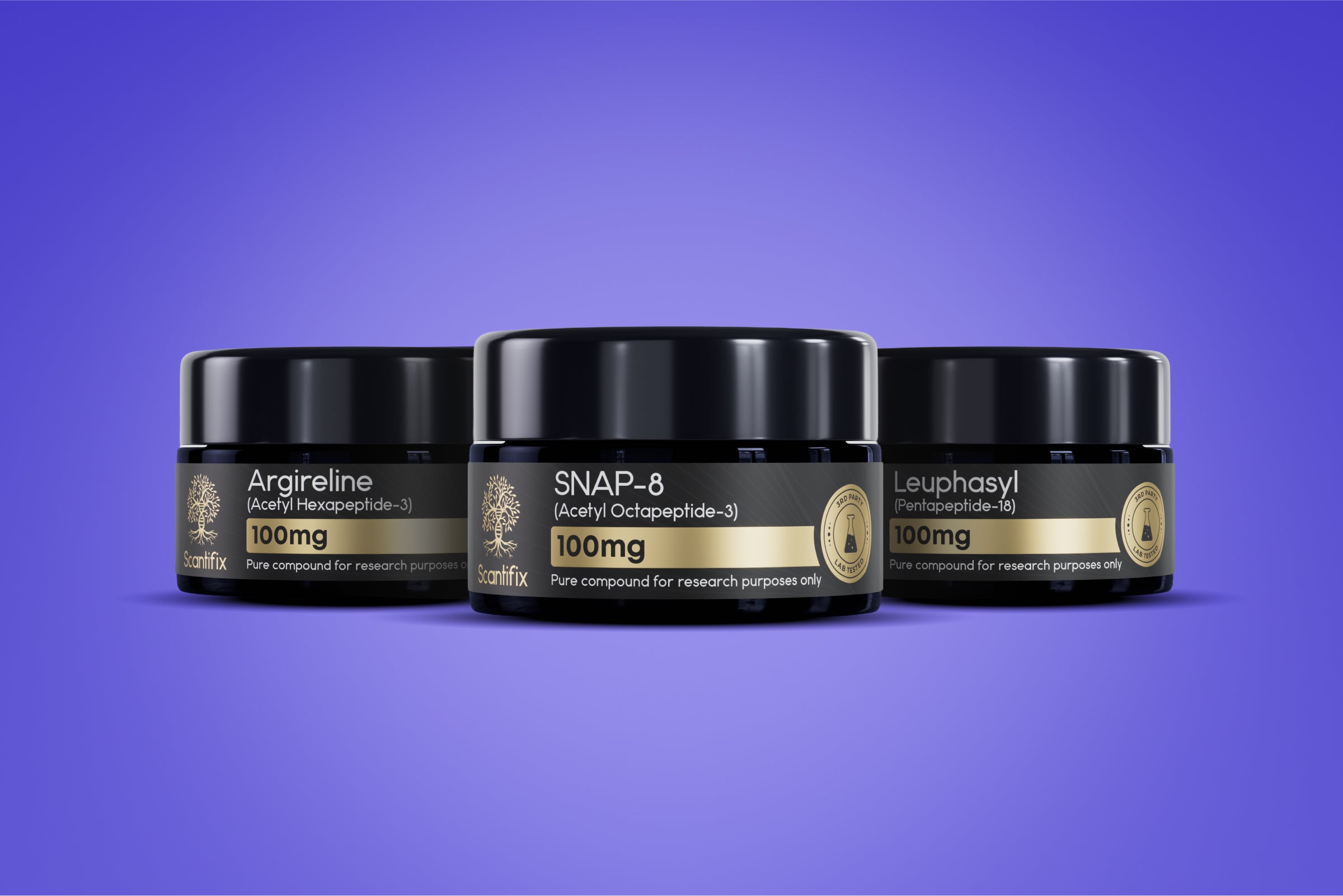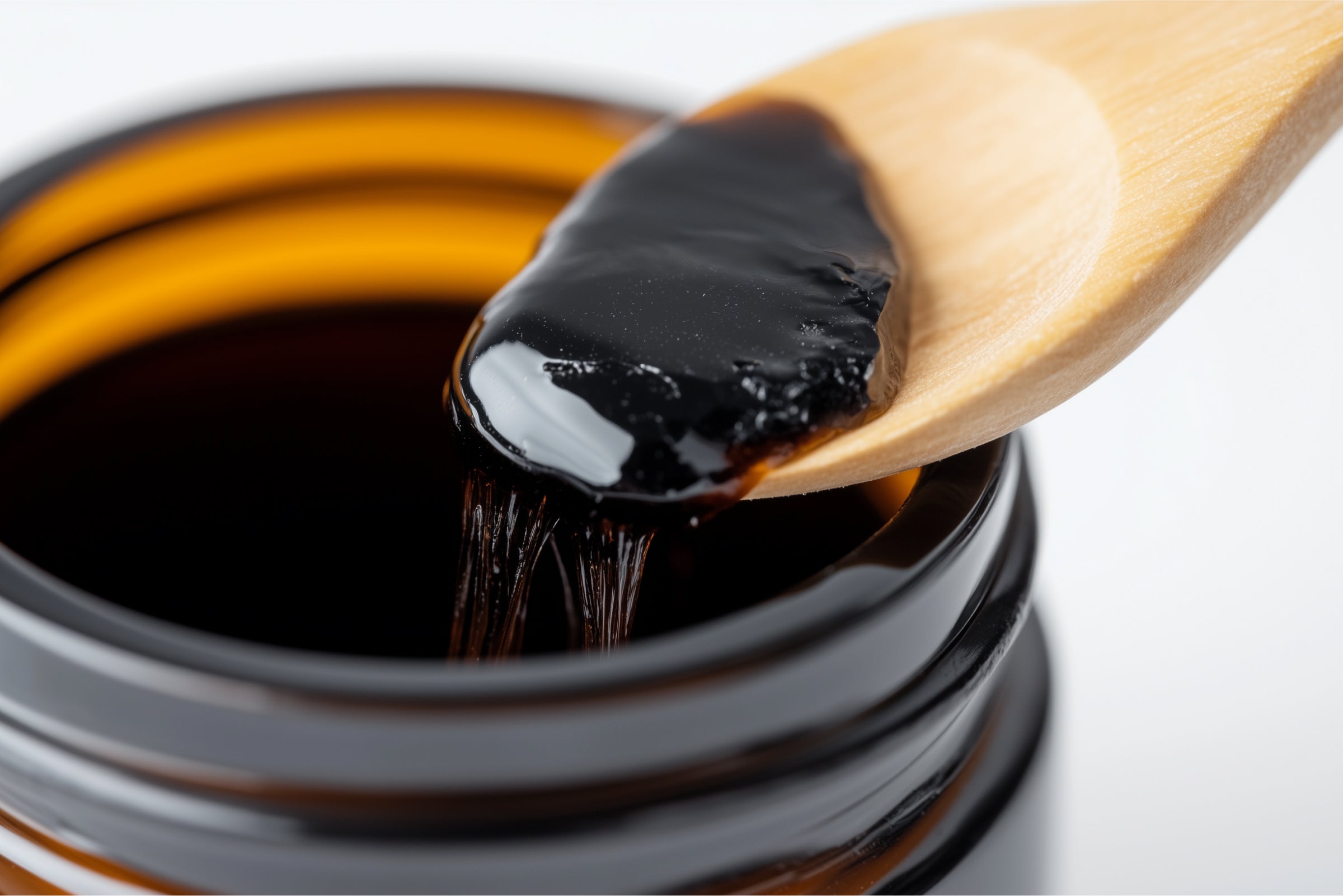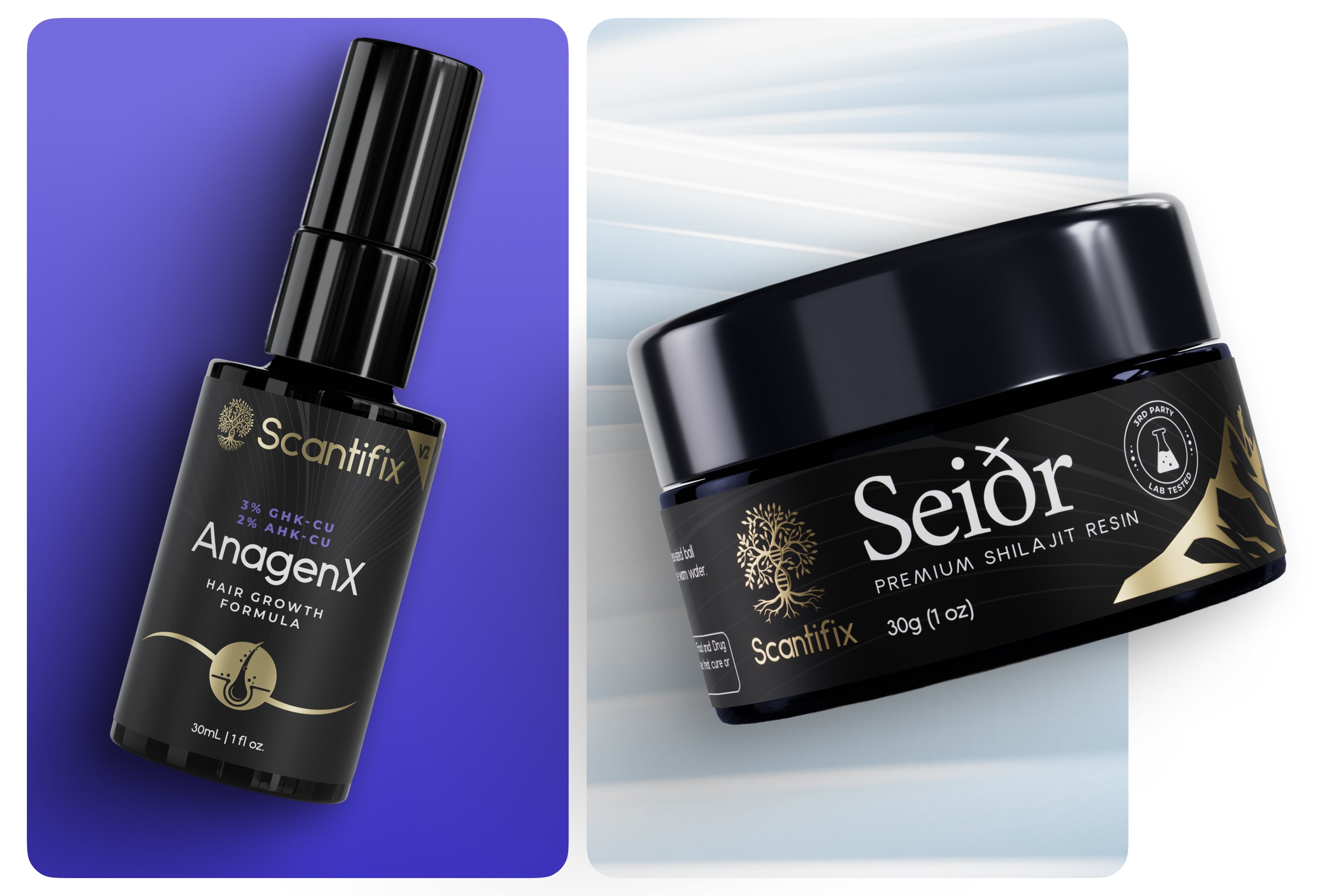Not all signs of aging are created equal. Some changes in the skin come from natural biological aging, while others are the result of accumulated sun exposure, a process known as photoaging. Recognizing the signs and severity of photoaging is the first step in managing it, and tools like the Glogau Classification Scale provide a framework for assessing that damage and are often used by dermatologists to guide treatment choices.
This guide will explore what photoaging is, how to identify it, and how the scale can help determine its severity. We’ll also look at why understanding photoaging matters, and share evidence-based ways to prevent and treat its visible effects.
What Is Photoaging?
Photoaging refers to the premature aging of the skin caused primarily by ultraviolet (UV) radiation. Intrinsic aging results from the body’s internal biological clock, while photoaging is driven by environmental exposure, especially sunlight.
On a microscopic level, UV radiation penetrates the skin and damages cellular DNA, accelerates the breakdown of collagen and elastin, and disrupts normal pigment production. Over time, these processes accumulate, leaving visible signs such as wrinkles, sagging, coarse texture, uneven pigmentation, and sunspots (Ichihashi et al.).
The takeaway? While intrinsic aging is inevitable, photoaging is largely preventable—making daily sun protection one of the most effective anti-aging strategies.
How to Identify Photoaging
The earliest signs of photoaging often appear on sun-exposed areas such as the face, neck, and hands. These can include:
-
- Fine lines, especially around the eyes (“crow’s feet”) and mouth.
- Uneven skin tone, with freckles, hyperpigmentation, or age spots.
- Rough, leathery texture or enlarged pores.
- Broken capillaries and redness.
- Advanced cases may also involve precancerous lesions, like actinic keratoses.
By contrast, intrinsic aging is characterized more by thinner, drier skin and a gradual loss of elasticity (Yaar, 2006). The combination of the two makes skin appear significantly older than it otherwise would for a given age.
The Glogau Classification Scale Explained
Dermatologist Dr. Richard Glogau developed the Glogau Classification Scale to help classify the severity of photoaging (Glogau, 1996). It divides sun-related skin changes into four categories:
Type I – “No Wrinkles”
Stage: Early
Age: Typically under 30
- Very mild signs of photoaging
- Minimal pigment changes
- Few or no wrinkles
- No visible age spots

Type II – “Wrinkles in Motion”
Stage: Early to Moderate
Age: 30s to 40s
- Fine lines appear only with facial movement
- Early brown “age spots” begin to form
- Pores may look larger
- Subtle changes in skin texture

Type III – “Wrinkles at Rest”
Stage: Advanced
Age: 50s and older
- Wrinkles visible even when the face is at rest
- Prominent pigmentation and brown age spots
- Noticeable small blood vessels (telangiectasia)
- More significant texture changes across the skin

Type IV – “Only Wrinkles”
Stage: Severe
Age: 60s and 70s
- Wrinkles present across the face, both at rest and in motion
- Skin often appears yellow-gray in tone
- Prior skin cancers common
- Precancerous changes, such as actinic keratoses, frequently observed

Why the Glogau Scale Matters
The Glogau Classification Scale is not only a descriptive tool but also one that dermatologists actively use to evaluate skin and determine suitable treatment approaches (Glogau, 1996). This makes it valuable both for clinical practice and for individuals seeking to understand their own skin changes.
-
- For prevention: those in Type I or II can take steps now to avoid accelerating into more advanced categories.
- For treatment: dermatologists use the scale to recommend options ranging from topical skincare to procedural interventions.
- For realistic expectations: someone at Type IV will not see the same results from a topical product alone as someone at Type I.
Awareness empowers you to make informed decisions about prevention, treatment, and long-term skin health.
Preventing Photoaging
The best way to manage photoaging is to prevent it before it begins. These evidence-backed strategies are among the most effective ways to delay or prevent photoaging:
-
- Check the UV index for your area and let it guide your protection strategy. When the index is high, stronger measures are needed.
- Always prioritize mechanical protection such as hats, protective clothing, UV-blocking fabrics, and seeking shade before relying on products alone.
- Use mineral-based, broad-spectrum sunscreen with clean ingredients.
- Follow healthy lifestyle habits like eating a balanced diet rich in antioxidants, regular hydration, and avoidance of smoking and excess alcohol, which accelerate oxidative damage.
- Support the skin barrier with moisturizers and peptides that strengthen the skin’s resilience (Krutmann et al., 2021; Shanbhag et al., 2019).
Prevention is not only easier but more effective than trying to reverse advanced photoaging, although it is possible to treat the visible effects once they appear
Treating Signs of Photoaging
Once photoaging has set in, treatments focus on stimulating the skin’s repair mechanisms, improving tone, and restoring collagen structure. Three evidence-based approaches stand out:
Topical Peptides for Skin Renewal
If you're familiar with peptides, you know they are short chains of amino acids that act as messengers to skin cells, telling them to produce more collagen, elastin, and structural proteins. Unlike harsh resurfacing treatments, peptides work by supporting natural repair pathways. Here are some of the most researched and effective topical peptides for anti-aging:
-
- Syn-Coll: a signal peptide that helps restore skin firmness, smooth fine lines, and refine texture by supporting collagen renewal and long-term structural repair (Trookman et al., 2009).
- GHK-Cu: one of the most studied copper peptides, known for supporting collagen and elastin production, improving hydration, calming inflammation, and accelerating skin repair and renewal (Pickart & Margolina, 2018).
- SNAP-8: works by relaxing facial muscle contractions at the signaling level, helping to soften deeper expression lines, a hallmark of photoaging, while allowing you to maintain natural movement and a balanced look (Nguyen et al., 2024).
- Leuphasyl: helps calm muscle activity after nerve signals reach the muscle, easing established lines and reducing stress on the skin to support a smoother texture over time (Dragomirescu et al., 2014).
Other peptides such as Argireline and Matrixyl may also play a supportive role in improving collagen support, pigmentation balance, and wrinkle reduction, contributing further to skin resilience and repair.
Microneedling
Microneedling uses fine needles to create precise micro-channels in the skin, prompting a natural repair response. This process encourages new collagen and elastin formation, improves skin regeneration, and makes the skin more receptive to active ingredients applied afterwards.
Research shows that microneedling can:
-
- Stimulate collagen and elastin to reduce wrinkles and restore firmness (Atiyeh et al.).
- Improve pigmentation and tone, especially when combined with topical antioxidants such as vitamin C (Pratiwi et al.).
- Enhance penetration of active agents, making treatments like peptide serums more effective (Quinlan & Ghanem).
- Visibly refine texture, reduce pore size, and lessen ultraviolet-induced pigmentation, leading to measurable improvements in overall photoaging scores (Chen et al.).
Together, these effects make microneedling a valuable option for addressing wrinkles, uneven tone, and surface texture changes associated with photoaging.
Red Light Therapy
Red light therapy (RLT) uses wavelengths between 600–850 nm to enhance mitochondrial function and stimulate collagen production — a process known as photobiomodulation. This mechanism directly addresses several key signs of photoaging by supporting the skin’s ability to renew itself and repair visible damage.
Research highlights multiple benefits relevant to photoaged skin:
-
- Stimulates collagen and elastin production to soften wrinkles and improve firmness (Kim et al., 2019; Lee et al., 2007).
- Reduces fine lines and wrinkles with consistent use, supporting smoother tone and fewer visible creases (Russell et al., 2005).
- Improves skin texture and tone through enhanced collagen density and cellular renewal (Wunsch & Matuschka, 2014).
- Enhances hydration and barrier function by boosting hyaluronic acid production, helping the skin stay supple and resilient (Kim et al., 2019).
Clinical trials confirm that consistent use of red light therapy can lead to firmer skin, fewer wrinkles, and a more even, radiant appearance.
Combining Approaches for Best Results
Photoaging is multi-faceted, and no single treatment can fully reverse it. A layered strategy works best — one that includes daily SPF, protective clothing, and healthy lifestyle habits alongside a consistent skincare routine. Within that routine, elements such as topical peptides, barrier-supportive products, and technologies like microneedling or red light therapy can further contribute to restoring resilience and improving tone and texture. When used together with prevention-focused measures, these approaches help create smoother, firmer, and healthier-looking skin over time.
Final Thoughts: Addressing Photoaging with Confidence
Photoaging may be one of the most visible consequences of sun exposure, but it doesn’t have to define how skin ages. The Glogau Classification Scale provides a practical way to understand where you stand, while science-backed prevention and treatment strategies offer a way forward.
By protecting skin early, choosing targeted interventions like peptides, microneedling, and red light therapy, and combining them thoughtfully, it’s possible to maintain a healthier, more youthful appearance.
Photoaging is preventable, manageable, and treatable. And with the right awareness and tools, your skin can stay strong and radiant at every stage.
If you're ready to start addressing photoaging, Scantifix offers pure, third-party tested peptides and professional-quality technology designed to support you on your journey to healthier, more resilient skin.
References:
Dragomirescu, A., Andoni, M., Ionescu, D., & Andrei, F. (2014). The efficiency and safety of Leuphasyl—A Botox-like peptide. Cosmetics, 1(2), 75–87. https://doi.org/10.3390/cosmetics1020075
Nguyen, T., Lee, J., & Kim, S. (2024). Sustainable dynamic wrinkle efficacy: Neuromodulatory peptide analogs for vegan-friendly formulations. Cosmetics, 11(4), 118. https://doi.org/10.3390/cosmetics11040118
Pickart, L., & Margolina, A. (2018). Regenerative and protective actions of the GHK-Cu peptide in the light of the new gene data. BioMed Research International, 2018, 7194543. https://pmc.ncbi.nlm.nih.gov/articles/PMC6073405/
Trookman, N. S., Rizer, R. L., Ford, R., Ho, E., & Gotz, V. (2009). Immediate and long-term clinical benefits of a topical treatment for facial lines and wrinkles. Journal of Clinical Aesthetic Dermatology, 2, 38–43.
Kim, B., Mukherjee, A., Seo, S., Ali, F., Southall, M., & Parsa, R. (2019). Low-level red and infrared light increases expression of collagen, elastin, and hyaluronic acid in skin. Journal of the American Academy of Dermatology, 81(4), AB434. https://doi.org/10.1016/j.jaad.2019.10.089
Lee, S. Y., Park, K. H., Choi, J. W., Kwon, J. J., & Lee, W. S. (2007). A prospective, randomized, placebo-controlled, double-blinded, and split-face clinical study on LED phototherapy for skin rejuvenation. Journal of Photochemistry and Photobiology B: Biology, 88(1), 51–67. https://pubmed.ncbi.nlm.nih.gov/17566756/
Russell, B. A., Kellett, N., & Reilly, L. R. (2005). A study to determine the efficacy of combination LED light therapy (633 nm and 830 nm) in facial skin rejuvenation. Journal of Cosmetic and Laser Therapy, 7(3–4), 196–200. https://doi.org/10.1080/14764170500370059
Wunsch, A., & Matuschka, K. (2014). A controlled trial to determine the efficacy of red and near-infrared light treatment in patient satisfaction, reduction of fine lines, wrinkles, skin roughness, and intradermal collagen density increase. Photomedicine and Laser Surgery, 30(2), 93–100. https://doi.org/10.1089/pho.2013.3616
Pratiwi, K. D., Listiawan, M. Y., & Ervianti, E. (2021). The efficacy of topical vitamin C and microneedling for photoaging. Biomolecular and Health Science Journal, 33(1), 55–62. https://doi.org/10.20473/BIKK.V33.1.2021.55-62
Atiyeh, B. S., Abou Ghanem, O., & Chahine, F. (2021). Microneedling: Percutaneous collagen induction (PCI) therapy for management of scars and photoaged skin—Scientific evidence and review of the literature. Aesthetic Plastic Surgery. https://link.springer.com/article/10.1007/s00266-020-01927-4
Quinlan, D. J., & Ghanem, A. M. (2022). Topical growth factors and home-based microneedling for facial skin rejuvenation. Journal of Cosmetic Dermatology, 21(1), 188–195. https://doi.org/10.1111/jocd.14650
Chen, Y., Ren, H., & Guo, Q. (2023). Study on the clinical effect and safety of Kangfuxin liquid combined with microneedling in the treatment of facial skin photoaging. Semantics Scholar Archive. https://pdfs.semanticscholar.org/e425/f85ccfacc93184d4a2728837729229d89747.pdf
Ichihashi, M., Ando, H., Yoshida, M., & Niki, Y. (2009). Photoaging of the skin. Journal of the Asian Academy of Dermatology, 6(6), 46–54. https://www.jstage.jst.go.jp/article/jaam/6/6/6_6_46/_article
Yaar, M. (2006). Clinical and histological features of intrinsic versus extrinsic skin aging. In J. Krutmann & P. Gilchrest (Eds.), Skin aging (pp. 7–22). Springer. https://doi.org/10.1007/3-540-32953-6_2
Glogau, R. G. (1996). Aesthetic and anatomic analysis of the aging skin. Seminars in Cutaneous Medicine and Surgery, 15(3), 134–138. https://pubmed.ncbi.nlm.nih.gov/8948530/
Krutmann, J., Schalka, S., & Watson, R. E. B. (2021). Daily photoprotection to prevent photoaging. Photodermatology, Photoimmunology & Photomedicine, 37(6), 475–482. https://doi.org/10.1111/phpp.12688
Shanbhag, S., Nayak, A., & Narayan, R. (2019). Anti-aging and sunscreens: Paradigm shift in cosmetics. Advanced Pharmaceutical Bulletin, 9(3), 348–357. https://doi.org/10.15171/apb.2019.042







Leave a comment
All comments are moderated before being published.
This site is protected by hCaptcha and the hCaptcha Privacy Policy and Terms of Service apply.